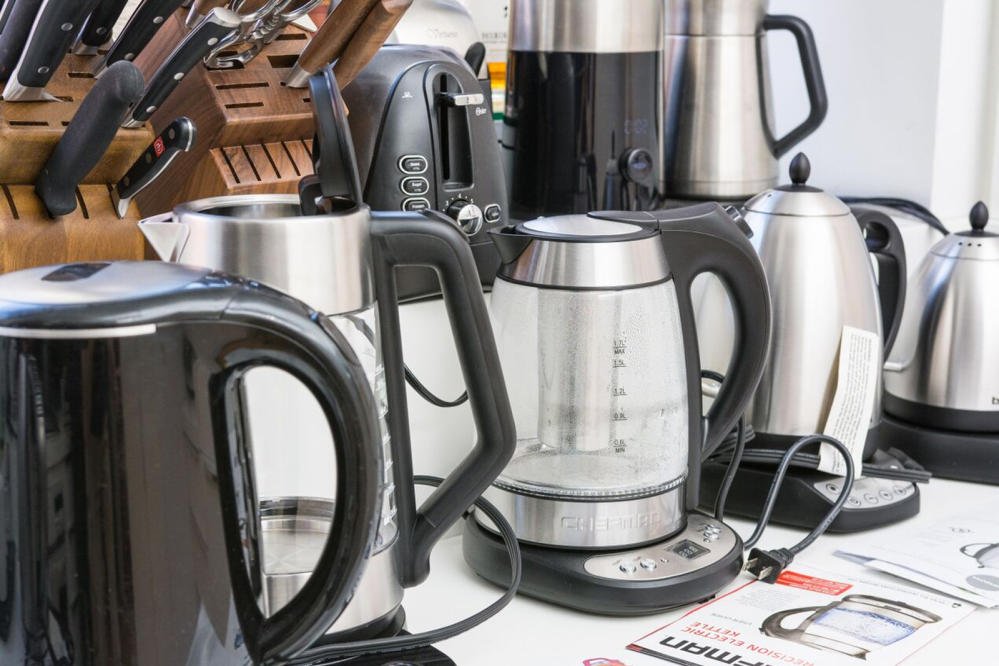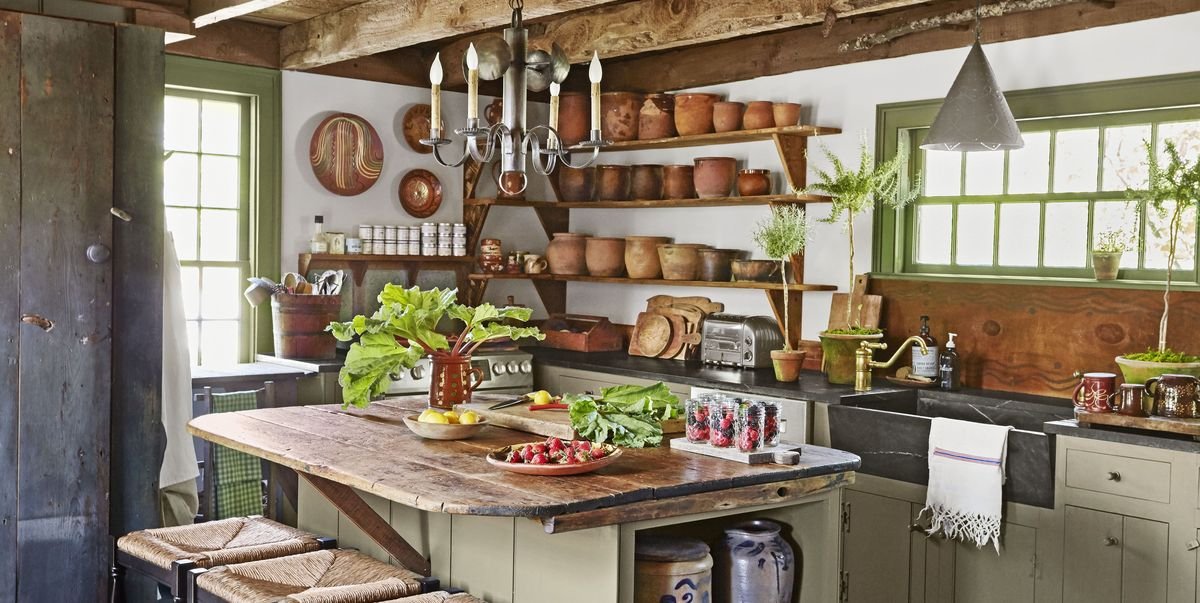
How to maintain culinary equipment?
In this step-by-step guide, I will provide you with essential tips and techniques to maintain your culinary equipment effectively. Proper maintenance ensures long-lasting durability and high-quality performance, whether you’re a professional chef or a home cook.
Clean the equipment after each use
To clean your culinary equipment after each use, start by washing it with warm soapy water. Use a non-abrasive sponge or cloth to scrub the surfaces, making sure to remove any residue or food particles. For hard-to-reach areas, like crevices or corners, use a small brush or toothbrush to ensure thorough cleaning. Additionally, if there is any stuck-on food, soak the equipment in warm soapy water for a few minutes to loosen it before scrubbing. Remember to rinse off all the soap residue and dry the equipment completely before storing it.
Regularly check for wear and tear
Inspect your culinary equipment regularly for any signs of wear and tear:
- Check for loose handles: Make sure all handles on your equipment are securely attached. If you find any that are loose or wobbly, tighten them immediately to avoid accidents during use. For example, if the handle of your frying pan feels unstable, tighten the screws or bolts holding it in place.
- Look for cracked parts: Examine your equipment for any cracks or breaks in the structure. Pay close attention to areas that are prone to stress, such as the edges of cutting boards or the joints of blenders. For instance, if you notice a crack in your food processor’s container, replace it to prevent leakage or potential injuries.
- Inspect damaged surfaces: Check for any scratches, dents, or other damages to the surfaces of your equipment. These can harbor bacteria and compromise the quality of your food. Take immediate action to repair or replace damaged surfaces. For example, if you notice a scratched non-stick coating on your frying pan, consider replacing it to prevent food from sticking and to maintain its effectiveness.
Addressing these issues promptly is crucial to prevent further damage and maintain the functionality of your culinary equipment. By regularly checking for wear and tear, you can ensure that your equipment remains in optimal condition and guarantee safe and efficient food preparation.
Sharpen knives and blades
To sharpen knives and blades, first, gather a sharpening stone or a professional knife sharpener. Next, position the blade at a 20-degree angle against the stone or sharpener. Then, using light pressure, slide the knife or blade across the stone or sharpener in a back and forth motion. Repeat this process several times on each side of the blade to achieve a sharp edge. Finally, thoroughly clean the blade to remove any metal filings or debris.
Oil and lubricate moving parts
Step 1: Refer to the manufacturer’s instructions to identify the appropriate type and quantity of lubricant required for your culinary equipment with moving parts, such as mixers or food processors.
Step 2: Apply the specified lubricant to the designated areas of the equipment. Ensure even coverage and make sure not to overapply.
Step 3: Follow the manufacturer’s guidelines on the frequency of lubrication. Regularly oil and lubricate the moving parts to uphold smooth operation and prevent potential damage.
Step 4: Inspect the equipment after lubricating to ensure there are no excess lubricants. Wipe off any excess oil or lubricant using a clean cloth.
By following these simple steps, you can maintain the optimal functionality of your culinary equipment with moving parts, guaranteeing smooth operation and prolonging its lifespan.
Descale and clean coffee machines
Regular descaling is essential for maintaining the performance of your coffee machine. To ensure optimal functionality, follow these steps:
- Prepare the descaling solution: Refer to the manufacturer’s instructions to determine the appropriate descaling solution for your machine. Measure the specified amount of descaling solution and dilute it with the required amount of water.
- Empty the water reservoir: Remove any leftover water or coffee grounds from the reservoir and discard them.
- Prepare the machine: Switch off the machine and unplug it from the power source. If possible, remove the removable parts such as the water filter and coffee filter. Empty and clean the drip tray.
- Run the descaling cycle: Pour the prepared descaling solution into the water reservoir. Follow the manufacturer’s instructions to activate the descaling cycle. This usually involves pressing a specific combination of buttons or turning a dial.
- Flush the machine: After the descaling process is complete, empty the water reservoir and rinse it thoroughly. Fill the reservoir with clean, fresh water to flush out any remaining descaling solution.
- Run a rinse cycle: Activate the rinse cycle following the manufacturer’s instructions. This will rinse out any traces of descaling solution from the internal components of the machine.
- Clean the exterior: Wipe down the exterior of the machine with a damp cloth to remove any residue or spills.
- Reassemble and test: Once the machine is dry, reassemble any removable parts that were removed earlier. Plug the machine back in and run a cycle with just water to ensure all traces of descaling solution are removed.
By following these instructions and descaling your coffee machine regularly, you can maintain its performance and prolong its lifespan.
Store equipment properly
Clean and dry all culinary equipment thoroughly before storing to prevent damage and maintain quality. Store knives in a knife block or sheath to protect the blades. Use appropriate storage containers for smaller items to ensure organization and easy accessibility.
Follow maintenance guidelines
Always refer to the manufacturer’s maintenance guidelines for specific instructions on maintaining your culinary equipment. These guidelines may include recommendations for cleaning products, frequency of maintenance tasks, and any specific dos and don’ts.
To ensure the proper maintenance of your equipment, follow these steps:
- Review the manufacturer’s manual: Familiarize yourself with the maintenance guidelines provided by the manufacturer. Look for sections that outline cleaning procedures, recommended products, and maintenance schedules.
- Clean regularly: Follow the recommended cleaning frequency to prevent buildup of grease or debris. For example, clean the oven racks after each use to avoid caked-on residue.
- Use suitable cleaning products: Check the guidelines for recommended cleaning products. For instance, use a stainless steel cleaner to maintain the shine of your stainless steel appliances.
- Avoid abrasive materials: Ensure that you do not use abrasive materials or harsh chemicals that may damage your equipment. Instead, opt for soft cloths or non-abrasive cleaning solutions.
- Conduct routine inspections: Regularly inspect your equipment for signs of wear and tear, loose components, or any other issues. Address any problems promptly to prevent further damage.
- Follow safety precautions: Adhere to the safety guidelines provided by the manufacturer, such as turning off the power supply before any maintenance tasks.
By following these maintenance guidelines, you can ensure the longevity and optimal performance of your culinary equipment. Remember to consult the manufacturer’s guidelines for specific instructions pertaining to your equipment.
Replace worn-out parts
- Check for any worn-out or damaged parts in your culinary equipment regularly.
- Contact the manufacturer or a qualified technician for assistance in finding and replacing the necessary parts promptly.
- Replacing worn-out parts is crucial to ensure safety and maintain optimum performance of your equipment.
- Do not continue using faulty equipment, as it can compromise the quality of your results and pose potential safety risks.
Keep electrical components dry
To keep electrical components on culinary equipment dry, do not submerge them in water or expose them to excessive moisture. For example, when cleaning a blender, wipe down the exterior with a damp cloth, being sure to avoid getting water near the control panel or base. Additionally, when using a food processor with a removable bowl, ensure that the bowl is completely dry before attaching it to the base to prevent any moisture from entering the electrical components.
Schedule professional servicing
Consider scheduling regular professional servicing for your culinary equipment. By doing so, you can ensure the optimal performance and longevity of your equipment. Contact professional technicians who specialize in servicing culinary equipment to perform thorough inspections and clean hard-to-reach areas that may be inaccessible to you. Furthermore, these experts can address any underlying issues that may not be apparent to the untrained eye, thus preventing potential breakdowns or malfunctions. By taking this proactive step, you can prolong the lifespan of your equipment and maintain its excellent performance in your culinary endeavors.
Key Takeaways
In conclusion, taking proper care of your culinary equipment is crucial for its durability and efficiency. Through regular cleaning, suitable storage, and adherence to manufacturer’s instructions, you can ensure the equipment’s functionality and safety. By dedicating time and effort to maintenance, you will reap the rewards of well-maintained culinary equipment for a long time.
Necessary Supplies
Maintenance Techniques
Using Culinary Equipment Properly
- Start by familiarizing yourself with the different types of culinary equipment available, such as knives, pans, pots, blenders, and food processors
- Read and follow the manufacturer’s instructions for using each piece of culinary equipment. Pay attention to safety guidelines and proper cleaning procedures
- Before using any culinary equipment, make sure it is clean and in good working condition. Check for any loose parts, damages, or defects that could affect its performance
- Practice knife skills, such as proper gripping and cutting techniques, to ensure safe and efficient use of culinary knives
- When using pots and pans, ensure they are placed on the appropriate stove burner size and adjusted to the right heat setting to prevent burning or scorching
- Learn about the different functions and settings of blenders, food processors, and other electronic culinary equipment. Experiment with various speeds and settings to achieve desired results
- Follow recipes and measurements closely when using culinary equipment to prepare dishes. This will help you understand how different techniques and equipment affect the overall outcome
- Clean and maintain your culinary equipment regularly to prolong its lifespan and ensure hygienic cooking. Follow proper cleaning methods and store the equipment in a safe and organized manner
- Remember, practicing and gaining experience with culinary equipment is essential for beginners. Don’t be afraid to ask for assistance or guidance from more experienced cooks or chefs





